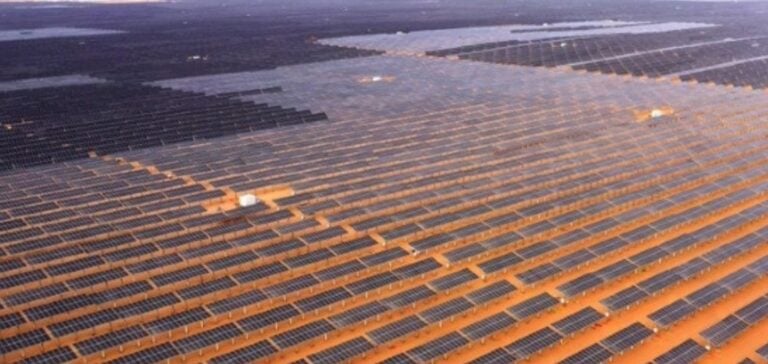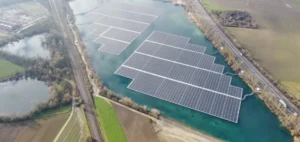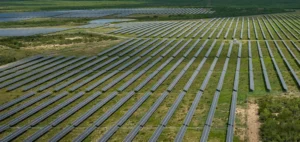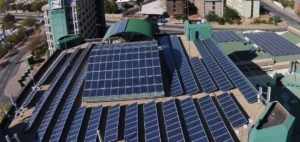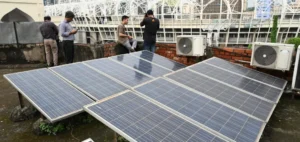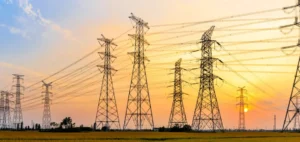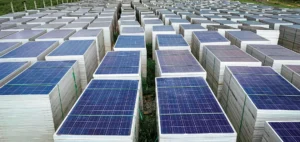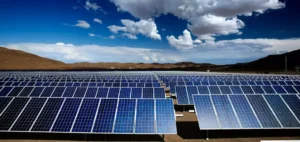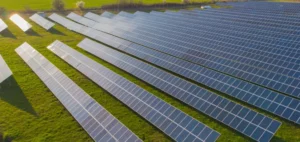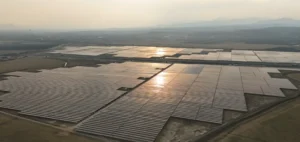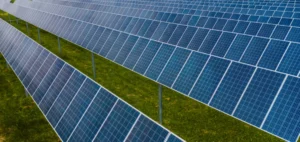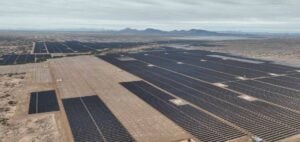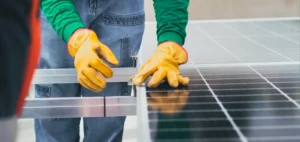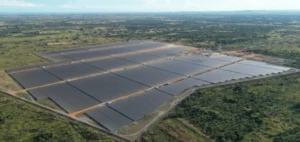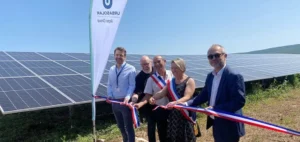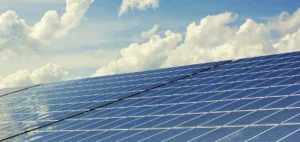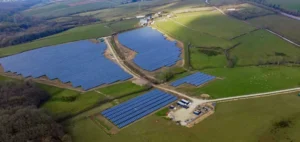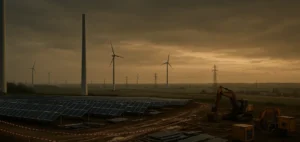According to SolarPower Europe’s annual “Global Market Outlook for Solar Power 2024-2028” report, worldwide solar power installations in 2023 are up a spectacular 87% on the previous year. This year saw the addition of 447 GW of new solar installations, compared with 239 GW installed by 2022, bringing total global solar capacity to 1.6 TW. However, this record growth is uneven across the globe. Around 80% of new installations are concentrated in the top ten markets, the majority of which are advanced economies. China, in the lead, contributed 57% of global growth in 2023, installing 253 GW of solar capacity.
The Challenges Facing Emerging Economies
Emerging economies are struggling to keep pace with solar installations. The report points out that clean energy spending in these countries represents only 15% of global clean energy investment. To achieve the goal of tripling renewable capacity by 2030, an investment of $12 trillion is needed, half of which should be allocated to solar power. By comparison, new solar installations in 2023 would cover more than half of India’s annual electricity needs, or all of Brazil’s annual consumption. In Europe, these installations would exceed the combined annual consumption of several countries, including Sweden, the Netherlands and Greece.
Outlook for the future
The report anticipates that global solar capacity could exceed 2 TW this year, after reaching 1 TW in 2022. However, annual growth is set to slow between 2024 and 2028 due to high interest rates, the temporary resolution of the energy crisis, and the difficulties of power grids in keeping up with growing demand for renewable energies. Michael Schmela, Director of Market Intelligence at SolarPower Europe, emphasizes that the solar industry is ready to deliver a decarbonized energy system. However, persistent challenges such as permits, regulations and energy system flexibility need to be resolved. Vast battery storage capacities are needed to support this transition.
The Central Role of China
China continues to play a key role in global solar growth. By 2023, it will have installed as much solar capacity as the entire world did in 2022. The consolidation of the solar manufacturing industry in China and the drop in solar panel prices of almost 50% last year illustrate this dynamic. Sonia Dunlop, CEO of the Global Solar Council, calls for international cooperation to achieve climate targets. She stresses the need to create new markets, develop resilient supply chains and inject massive funding for solar to lead the energy transition. With the publication of its report at Intersolar Europe in Munich, SolarPower Europe offers a detailed analysis of solar developments, particularly in China, thanks to a dedicated chapter in collaboration with CREIA (Chinese Renewable Energy Industries Association).
Achieving these goals requires strong political commitment and equitable access to global funding. The future of solar energy will depend on our ability to overcome these challenges and exploit the full potential of this renewable energy source.

